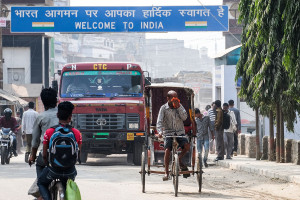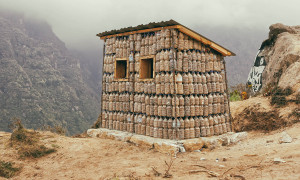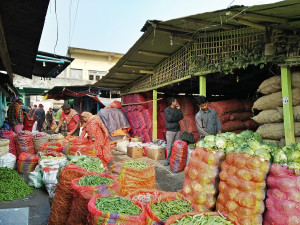Money
Mills demand sugar price hike, stops crushing cane
Sugar mill owners that criticised the government’s decision to raise the floor price of sugarcane have stopped crushing the crop, demanding to raise the minimum price of the sugar from Rs70 per kg to Rs90.
Deo Narayan Sah
Sugar mill owners that criticised the government’s decision to raise the floor price of sugarcane have stopped crushing the crop, demanding to raise the minimum price of the sugar from Rs70 per kg to Rs90.
According to the mill owners, the floor price of sugarcane at Rs536.56 per quintal set by the government will make sugar expensive. They have demanded the government to set the minimum price of sugar at Rs90 per kg.
As per the Cabinet decision in the first week of January, sugar factories have to pay Rs471.28 to farmers for a quintal of cane while the government will pay the farmers Rs65.28 per quintal as subsidy. However, the mill owners are not willing to purchase the cane at the price fixed by the government unless it raises the minimum price of sugar.
It has been a month since the sugarcane was ready to be harvested.
This standoff by sugar mill owners have left farmers worrying as their crop have started to dry while waiting to be processed by factories.
Suresh Prasad Mehata, manager of Eastern Sugar Mill said their factory has already completed the preparatory work to crush the sugar.
“If the government increases the minimum price to Rs90 per kg from the current price of Rs70 per kg, we will immediately purchase the cane from farmers and start producing sugar,” said Mehata, adding “We have stock of 3,000 tonnes of sugar at our warehouse and we have to sell it before we can pay farmers. Last year, we took a bank loan to pay the farmers and suffered a loss of Rs200 million when we couldn’t sell the sugar.”
As the market was flooded with cheap sugar from Pakistan last year, domestic production couldn’t find buyers, according to Hitesh Golchha, owner of Eastern Sugar Mill. “Out of 178,000 tonnes of sugar produced in Nepal last year by the 11 mills operating in the country, 70,000 tonnes still remain to be sold,” said Golchha.
Farmers on the other hand are in deep financial trouble as they face losing their crop worth millions. Ram Kumar Yadav, a sugarcane farmer of Sunsari district complained that the cash crop planted over 3 bigas of land is drying up. “I am unable to harvest my crops as Eastern Sugar Mill is not showing interest in purchasing it,” said Yadav. “The production was good this season. But since the crop have started drying up, there will be a weight loss.”
Similarly, Sabul Anasari—another farmer of the district—is unable to harvest sugarcane planted over 4.5 bigas of land. “I cultivated the crops by leasing land at Rs40,000 per biga. I will incur a big loss, if there is further delay in harvesting the crop,” said Ansari.
The government started fixing the floor price of sugarcane from last year in a bid to end the constant confrontation between sugarcane farmers and sugar producers.
It had become a tradition for sugarcane growers and sugar mills to engage in a bitter dispute over the floor price during harvest time every year. Before the government began setting the floor price, sugarcane prices in Nepal were normally based on the rates paid by Indian mills to their farmers. The government had announced in its budget statement for this fiscal year that it would fix the reference prices of key agricultural products to encourage farmers.




 11.12°C Kathmandu
11.12°C Kathmandu-(1).jpg)















